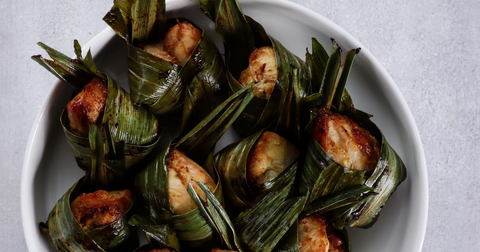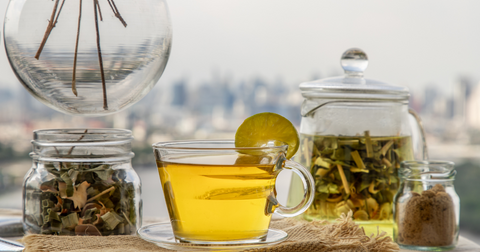Pandan leaves, with their distinctive aroma, are gaining popularity worldwide. Originally from Southeast Asia, pandan enhances both sweet and savory dishes with its unique flavor.
This blog will detail pandan's background, health benefits, and culinary uses.
What is Pandan?
Pandan (Pandanus amaryllifolius) is native to Southeast Asia, thriving in countries like Thailand, Malaysia, Indonesia, and the Philippines. It's known for its bright green leaves and sweet, floral scent.
Pandan has been a staple in Southeast Asian cuisine for centuries, used to flavor a range of dishes and symbolizing culinary heritage.
Nutritional Benefits of Pandan Leaves
Pandan leaves are not just for flavor. They offer antioxidants, boast anti-inflammatory properties, and may support digestion and immune health.
Adding pandan to your diet can enhance food flavors while contributing to overall health and well-being.
Culinary Uses of Pandan
1. Create Pandan Extract
Infuse pandan leaves in liquids to flavor beverages, desserts, and savory dishes.
Creating pandan extract or paste makes it easy to add to recipes.
2. Pandan Desserts
Use pandan in cakes, puddings, ice creams, and traditional snacks like kuehs and cookies.
3. Savory Dishes
Infuse rice with pandan or wrap meats and seafood in pandan leaves before cooking to add a subtle flavor.
4. Pandan Beverages
Pandan tea is becoming increasingly popular, and the leaves are great for infusing drinks and cocktails.

Pandan in Global Cuisine
Pandan is crossing culinary borders, merging with Western dishes to create fusion cuisine.
Its growing presence in global gastronomy is bolstered by its availability in supermarkets and online stores, making it accessible for both professional chefs and home cooks.

Order Fresh Pandan Leaves Now
Discover the versatility of pandan at Ecosprout!
Check our website for premium pandan leaves for delivery to your doorstep. Enhance your cooking with the essence of pandan and bring Southeast Asian flavors into your kitchen.





